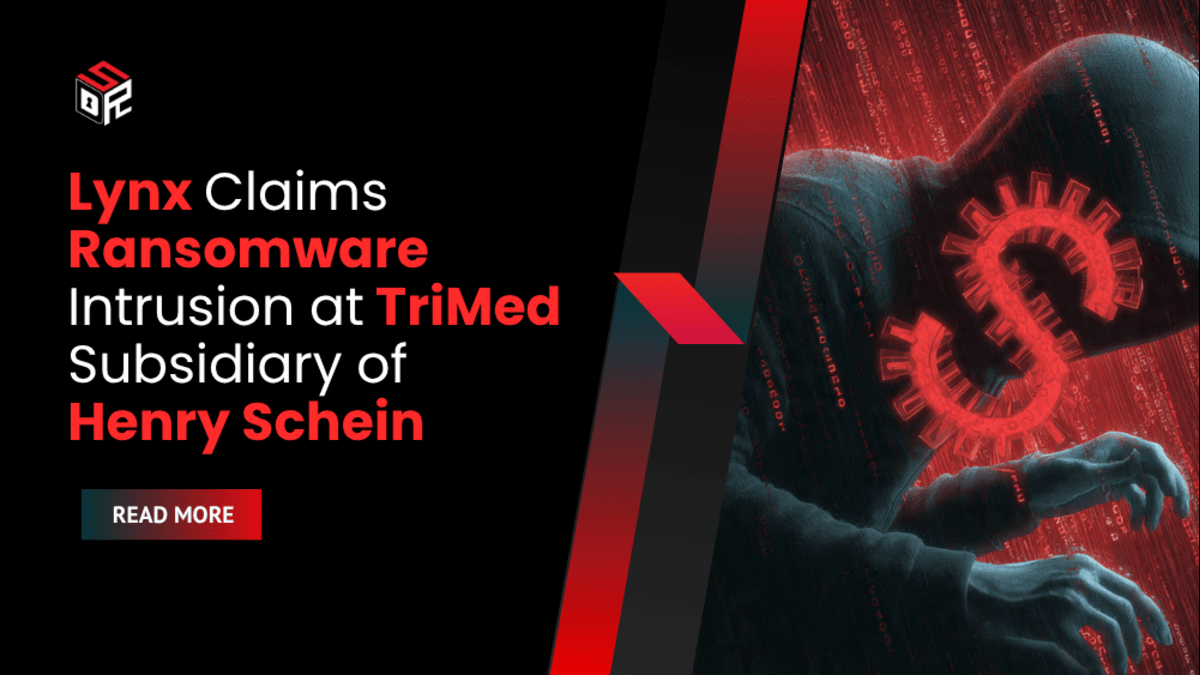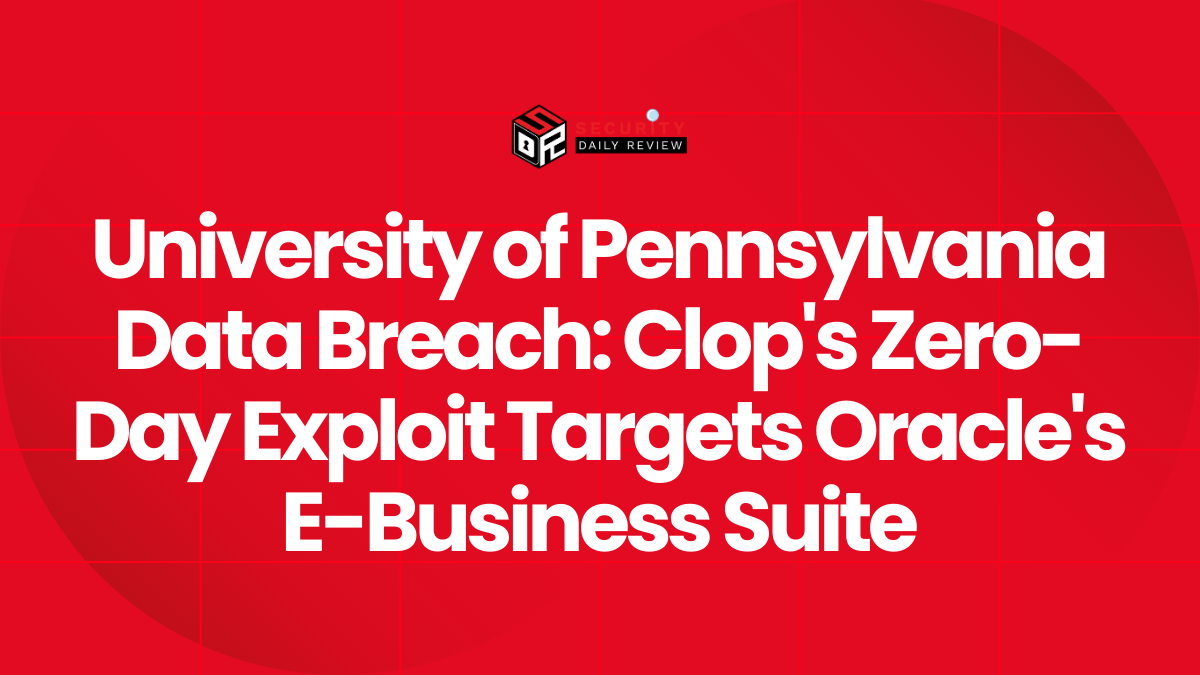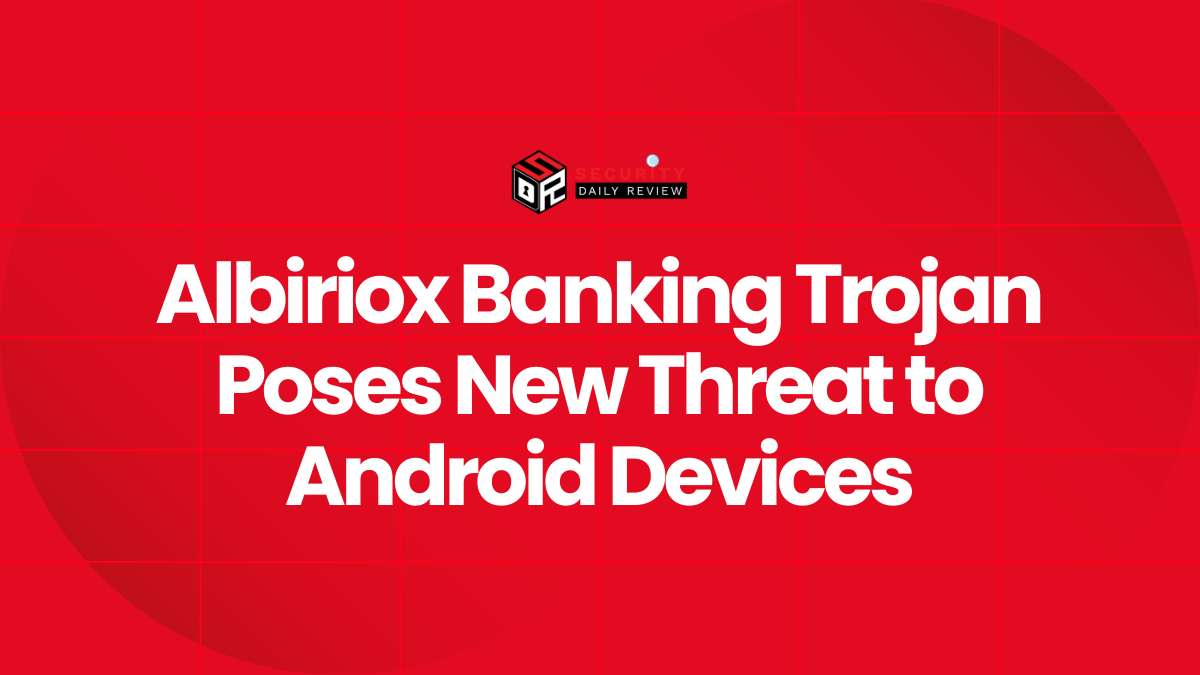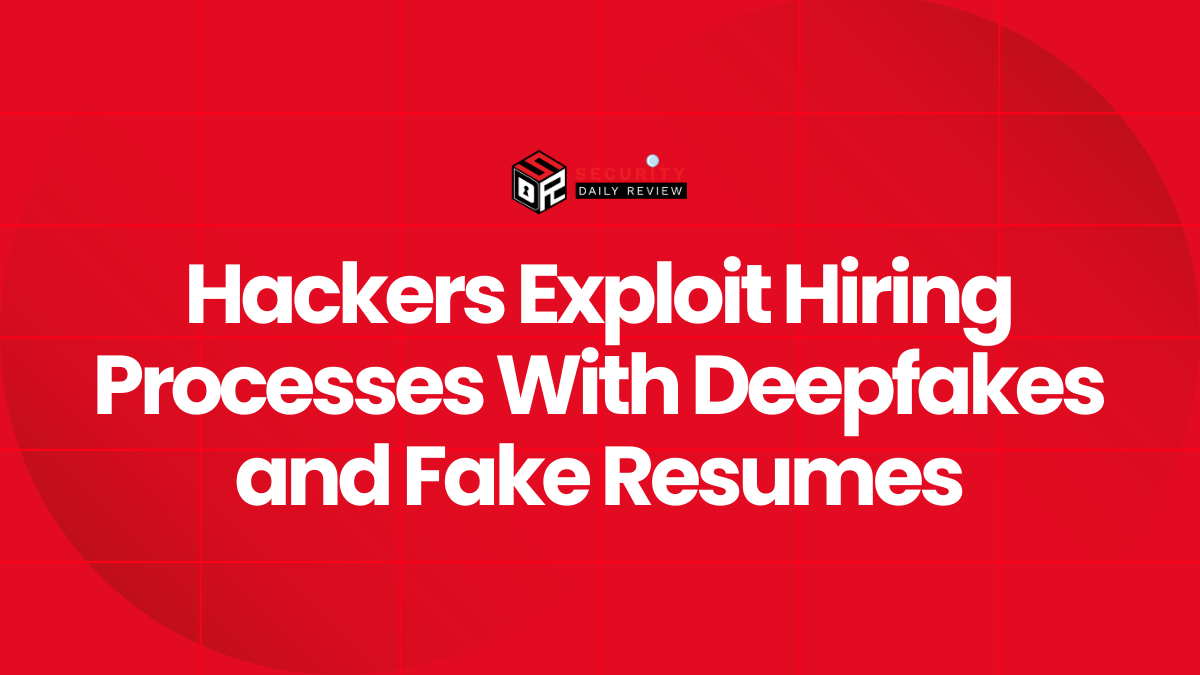Lynx, a ransomware group linked to Russia, claims it infiltrated systems at TriMed, a subsidiary of healthcare distributor Henry Schein, and published alleged stolen files on underground leak sites. Henry Schein says it is aware of the reports, is investigating the matter, and is coordinating with law enforcement and forensic partners to determine the accuracy and scope of the claims.
“Henry Schein is investigating reports regarding an alleged incident affecting one of our subsidiaries and is working with law enforcement and external forensic partners to evaluate the situation.”
TriMed Data Samples Include Executive, Legal and Proprietary Files
The files posted by the group on leak sites include a variety of document types that, if authenticated, carry operational, financial and privacy consequences. Samples appearing on underground forums reportedly contain executive email exchanges referencing high-value financial movements, legal and contractual paperwork, employee identity documents such as passports and driver’s licences, and technical or prototyping documents tied to a TriMed surgical product.
Security practitioners warn that executive correspondence containing bank account identifiers and transaction details can materially increase the risk of targeted financial fraud, including spear-phishing and CEO-fraud. Personal identity documents expose employees to identity-theft risks, and the leakage of design or prototyping materials could harm commercial confidentiality, delay product development or invite intellectual-property disputes. The presence of such material would broaden the incident from a simple operational disruption to a multi-faceted data-protection and commercial-intelligence issue.
Lynx Ransomware Tactics, Code Reuse and Alleged Russian Links
Lynx first surfaced publicly in mid-2024 and is commonly described by incident responders as a ransomware-as-a-service operation that supports affiliates. Researchers examining samples attributed to the group report code overlap between Lynx malware and other known ransomware families, indicating reuse and adaptation of existing codebases rather than entirely original toolsets. Such reuse can accelerate deployment cycles and make attribution more complex.
The gang publicly states policies of avoiding targets located in Russia and certain nearby countries, a common posture among Russia-associated criminal groups intended to limit domestic law-enforcement attention. Leak-site messaging from the group typically frames attacks as transactional extortion rather than indiscriminate disruption, and the gang has published dozens of alleged victims across sectors including construction, food supply and media.
Potential Operational Impact and Immediate Remediation Priorities
If forensic analysis confirms the authenticity of the published artifacts, Henry Schein and TriMed face several immediate priorities. Containment measures should seek to identify and sever any active persistence mechanisms, rotate or revoke exposed credentials and API keys, and isolate affected systems to prevent lateral movement. Forensic teams must validate file timestamps and metadata to determine whether the samples represent a current compromise or recycled material from previous incidents.
From a business-risk perspective, organisations that rely on TriMed’s supply chain or product development should assume that proprietary documents may be accessible to third parties until proven otherwise. Legal teams must assess regulatory notification obligations across jurisdictions where personal data belonging to employees, partners or customers may be exposed. Where applicable, data-protection frameworks may require disclosure to supervisory authorities and timely notice to affected individuals.
Incident Response, Fraud Mitigation and Stakeholder Communication
Operational responders recommend the following immediate actions for organisations and individuals connected to the incident: enforce and verify multi-factor authentication for privileged accounts, rotate credentials and revoke any tokens that may have been present in compromised systems, increase monitoring for anomalous access patterns and unusual financial transactions, and apply elevated phishing protections for senior executives and finance teams.
Finance teams and banks should be alerted to watch for attempted wire-transfer fraud that leverages timeline details or account numbers drawn from executive correspondence. Human-resources and legal teams should prepare messaging for employees whose identity documents may have been exposed and offer guidance on identity-theft mitigation, including monitoring services where appropriate. Clear, factual communications to customers, partners and regulators will reduce speculation and help align remedial action.
What Incident Researchers Are Tracking Now
Investigators and industry watchlists are concentrating on four key questions: whether the published samples can be reliably tied to TriMed systems; the intrusion vector and whether any persistence mechanisms remain active; whether stolen credentials or secrets enable onward access to Henry Schein corporate systems or third-party partners; and whether any observed fraud or misuse can already be linked to the disclosed material.
Ransomware actors frequently publish data to increase pressure during extortion negotiations; they may also sell or auction material and access to third parties if ransom demands are not met. Once material appears on public leak sites, it can be copied, repackaged and circulated widely, increasing the urgency for containment and legal response.
Henry Schein has said it will provide further updates following forensic validation. The company’s response and the speed of its notifications to affected parties and regulators will shape subsequent legal and regulatory reviews, potential civil exposure, and remediation costs.









